The normal K30 specification for glass partitions routinely cites the requirement that partitions comply with BS 5234 which is intended for panel partitions, but that was published in 1992 and has not been revised since, in spite of the design of glass partitioning changing considerably since then. So, how confident can you be in your K30 specification?
In this blog post, I look at the problem with this British Standard for glazed partitions and provide some advice for designers about how glass should be specified so that it provides the necessary strength and robustness and complies with the building regulations, allowing you to specify glass partitions with confidence.
The Problem with BS 5234
Whereas the 1992 standard presumes partitions to have a basis of rigid framework, possibly containing some glazing, much of the modern day glazed partitioning is frameless and butt-jointed. Consequently, neither the tests in BS 5234 Part 2, nor the duty ratings that result can be reasonably applied.
BS 5234 makes no clear reference to frameless glass partitioning at all. It is therefore relatively easy, whether by accident or design, for manufacturers to mislead with a selective or mistaken interpretation of the standard, and for specifiers to be asking for a standard that frameless glass partitioning simply cannot reach achieve.
The specification you have produced may therefore not make sense and may open the design up to poor standard products.
Today we manufacture frameless glass partitions with butt jointed glazing, monolithic panels of toughened or laminated glass and minimal perimeter framework. BS 5234 is clearly unfit for purpose when it comes to either testing or specifying this type of glass partition.
What is the Industry Doing about Glass Partitioning Standards?
The partitioning industry needs to get to the point where its standard recommends methods of calculation and testing regimes which are more appropriate to modern day glass partitioning.
Within the FIS (the trade industry for the Finishes and Interiors Sector), I am championing the revision of BS 5234 to this purpose.
We’ve had dialogue and meetings with BSI, and moves are afoot to revisit the standard to bring it up to date. However, this may be a very lengthy process as there are many vested interests.
What Should Designers Know About Glass Partitioning Standards?
There are two areas where designers should satisfy themselves that the glass partitions they are specifying meet acceptable levels of safety in use which would normally be covered by BS 5234. The first is the performance of the glass to be used. The second is testing and that will be looked at in our next post.
Performance of Glass
Safety Glass
The Building Regulations: Part K and with guidance from Approved Document K, specifies that glass in ‘critical locations’ should meet minimum safety criteria. This means that it should either be unbreakable or if it does break, that it breaks safely.
All glass installed in Optima’s partitions and doors is safety glass to Class 1 according to BS EN 12600 and therefore exceeds the minimum safety criteria of the building regulations. Optima recommends that toughened glass is always specified as heat soaked.
Stiffness
It is important to remember that glazed partitions for offices are non-structural.
Optima specifies glass by calculation, taking account of the design limitations of the glass. However, there is no clear guidance, whether from British of European standards or the Building regulations, as to what loads the glazed partitions should be expected to withstand.
The potential loads that a partition may face will be different from building to building and from environment to environment. For example, the loads generated in a school may be very different to those experienced in a more disciplined office environment.
BS 5234 does make a fairly generalized reference to crowd/line loads but only in the context of partitions being used as barriers. Here it suggests that samples should be tested for crowd load resistance starting at 0.74kN/m. It, therefore, seems reasonable to presume an acceptable crowd load for an office environment of 0.36kN/m.
 Nor is there any clear and consistent guidance on how much a partition should be allowed to deflect under the influence of those crowd loads. The degree of acceptable deflection in a glass partition is also extremely subjective, but there are standards that we can apply.
Nor is there any clear and consistent guidance on how much a partition should be allowed to deflect under the influence of those crowd loads. The degree of acceptable deflection in a glass partition is also extremely subjective, but there are standards that we can apply.
In the UK, it is common to give a maximum acceptable deflection (D) of L/65 or 50mm, whichever is the lesser value, but this can result in a very flexible partition.
If designing for the US or the Middle East, one would normally be required to comply with the International Building Code, which would recommend a maximum deflection of L/120 or 25mm, whichever is the lesser value.
Because every project is different, Optima considers each project on its own merits and calculates the type and thickness of glass required accordingly. However, our recommended maximum deflection would in normal circumstances comply with the International Building Code, giving a stiffer partition, which our clients generally prefer.
More Information
For advice about partition stiffness and maximum deflection criteria when designing a scheme using our office partitions, please refer to our comprehensive Designer’s Guides.
We also provide specification clauses which you can refer to when specifying Optima’s partitioning systems. These are available in the Members’ Area of our website.
Alternatively, if you have a specific question about your project, why not get in touch?


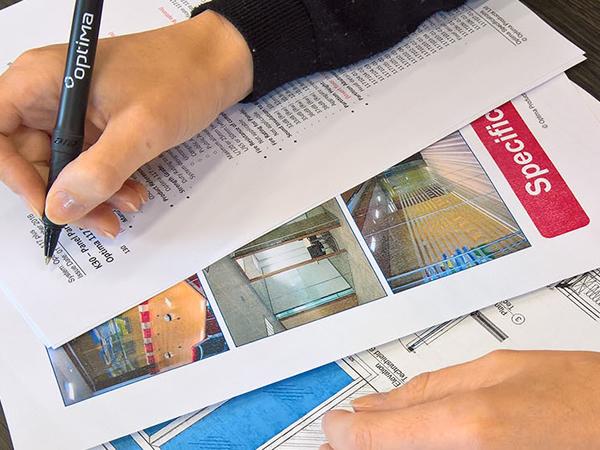

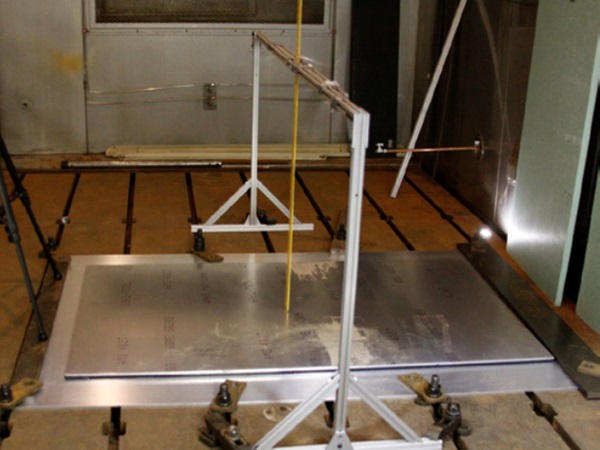
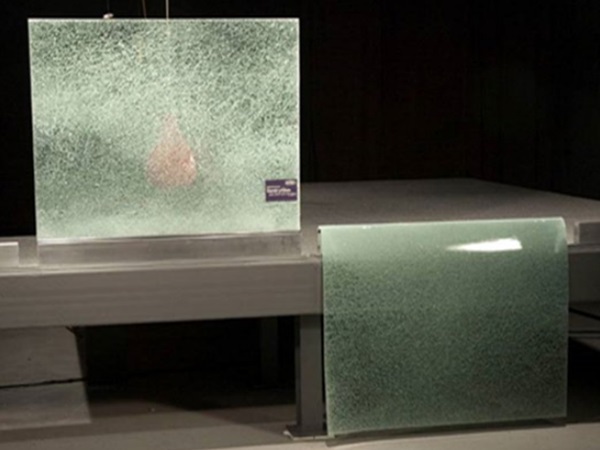
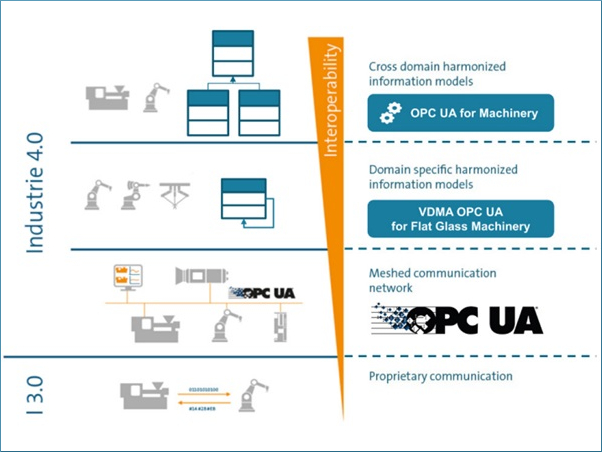

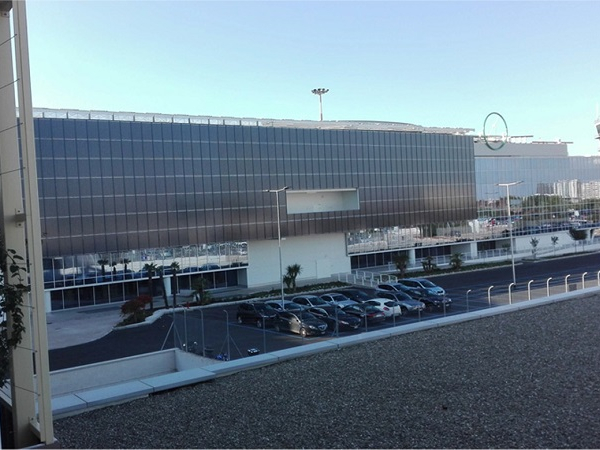

Comments
I am very glad to learn a lot from you this meaningful knowledge. From an article describing your unique way , we can see that you are an approachable , humorous person. Not only that, your article is rich with a lot of useful knowledge and helpful information.
This article is about Performance of Glass Partitioning. He has pointed out certain Standards Issues. Going through the blog I felt that this is informative. Author has presented it in a simple way. Great job!!